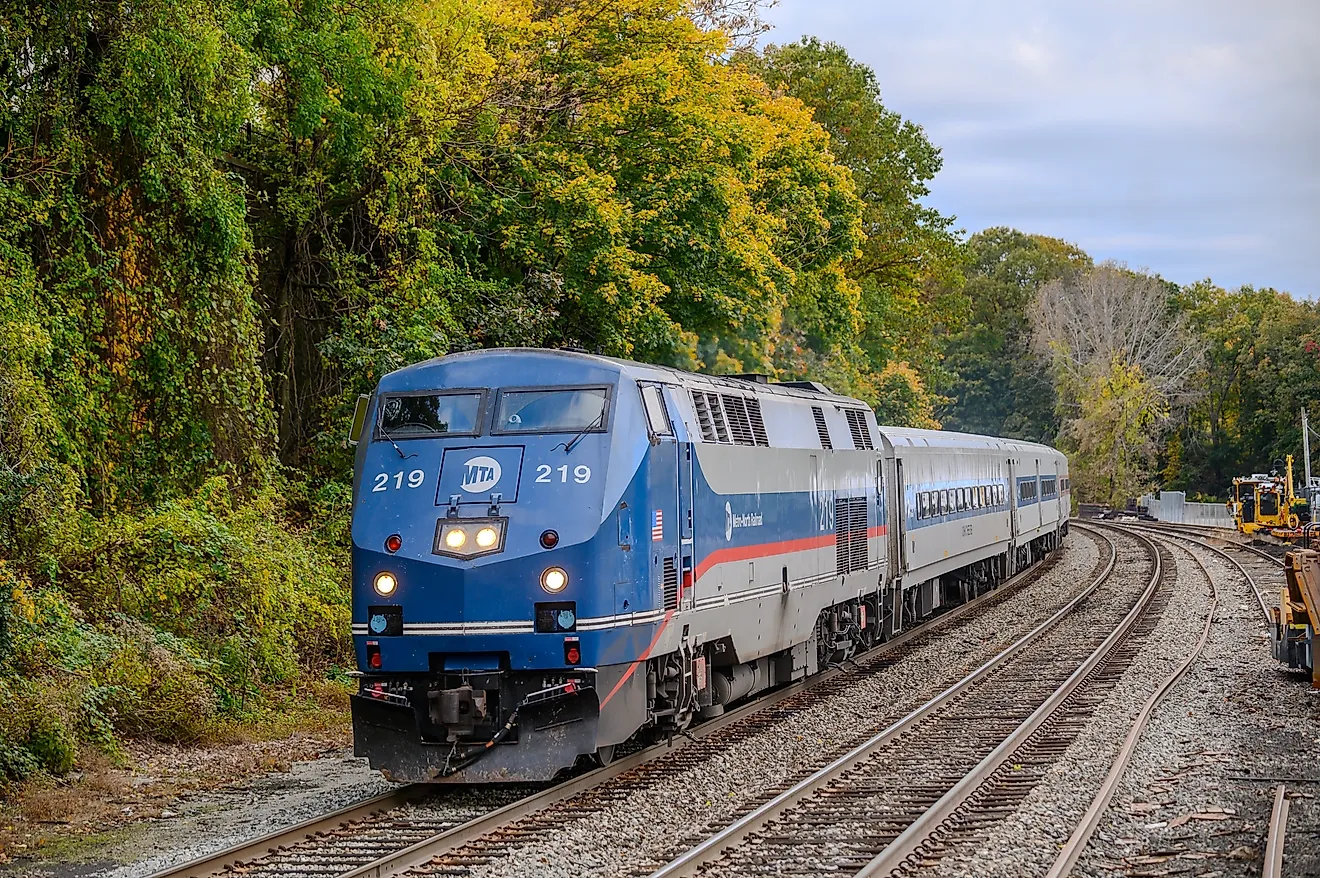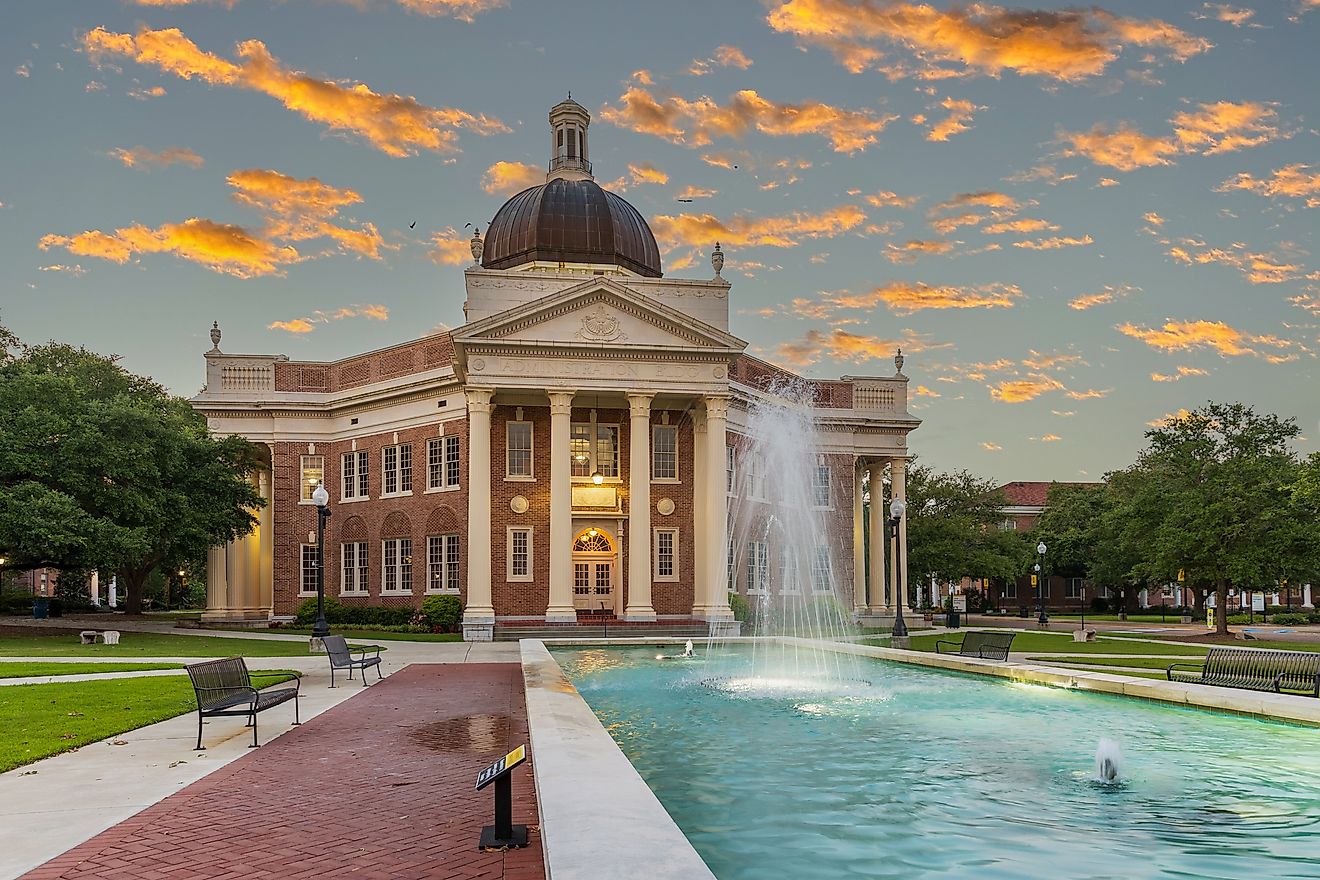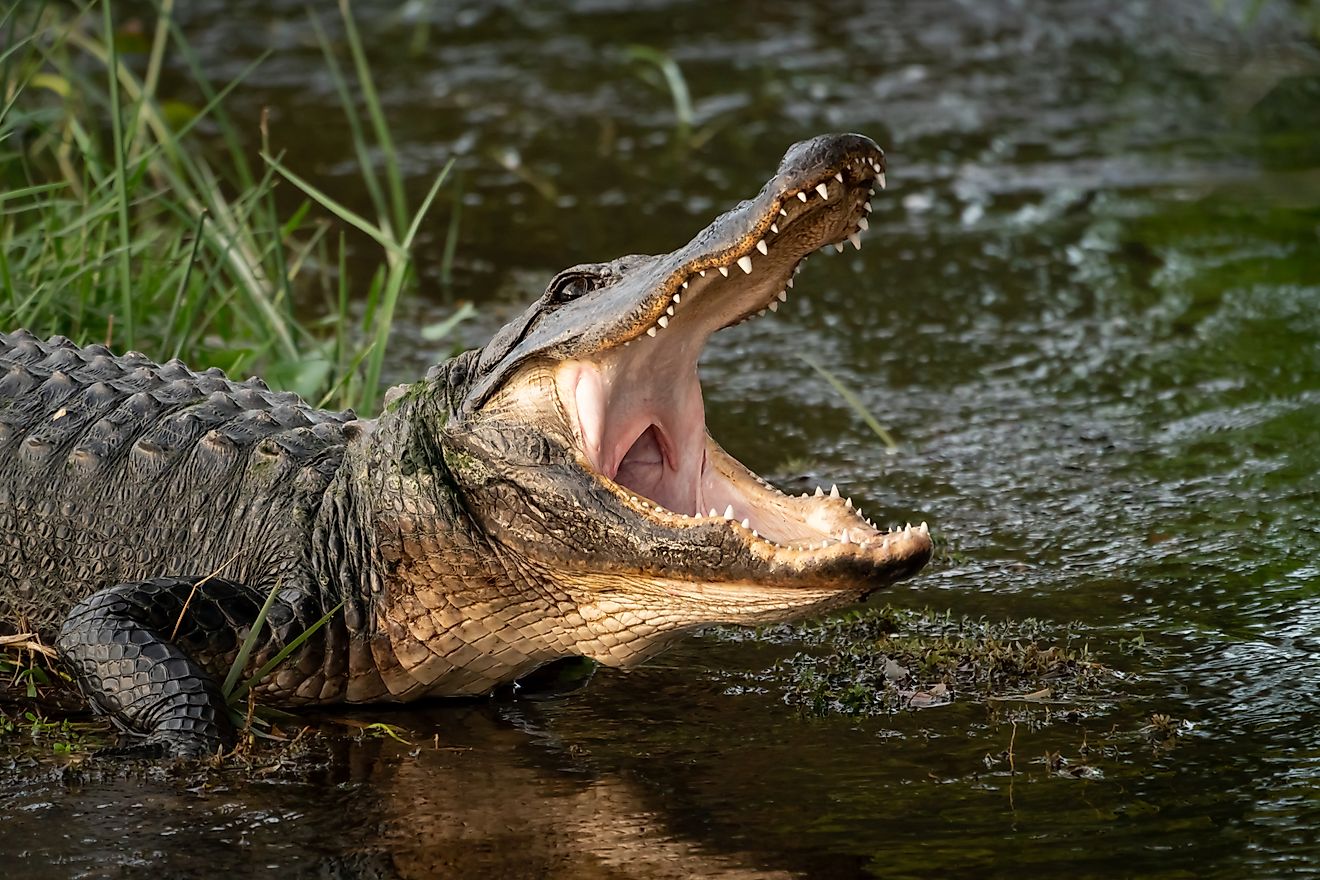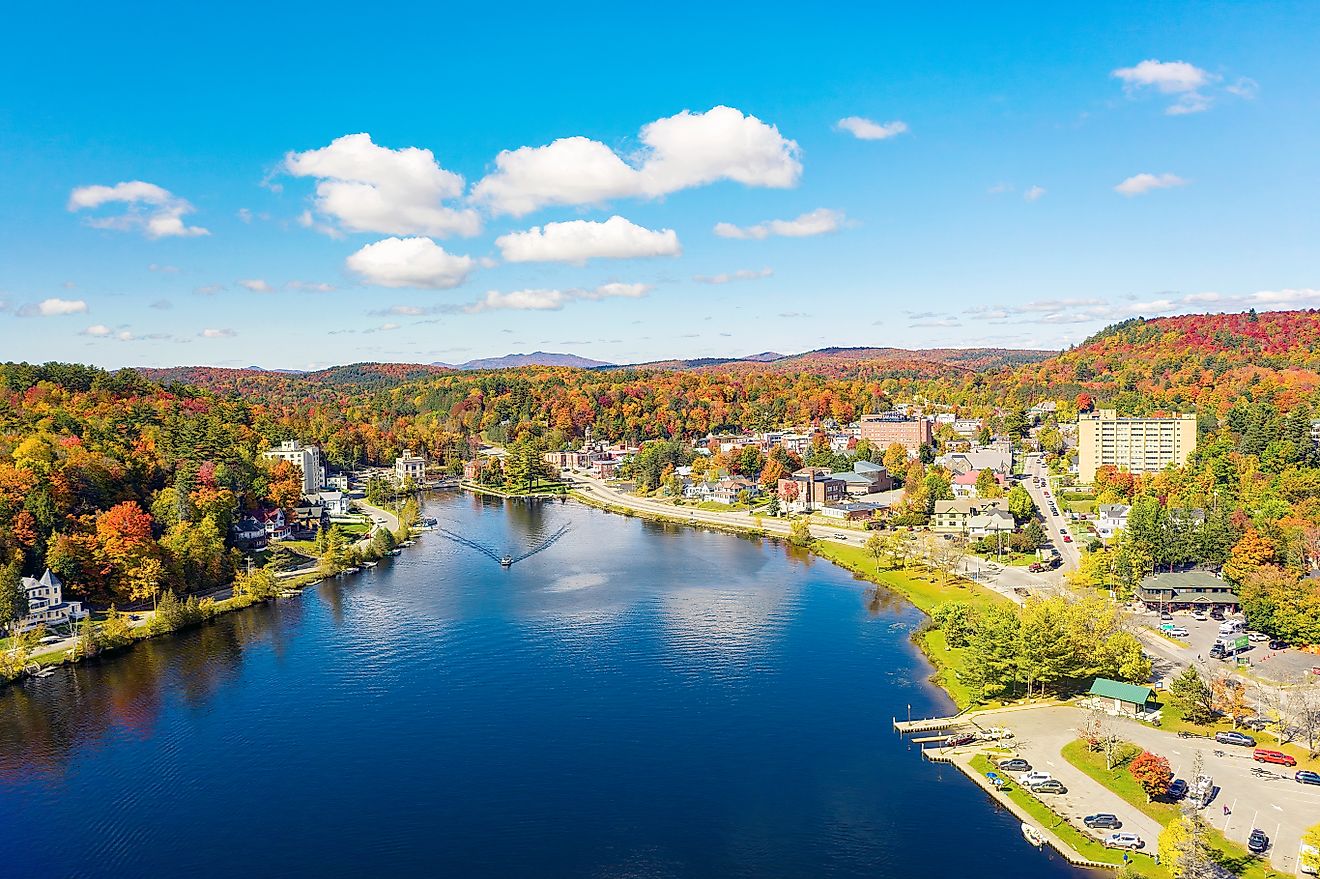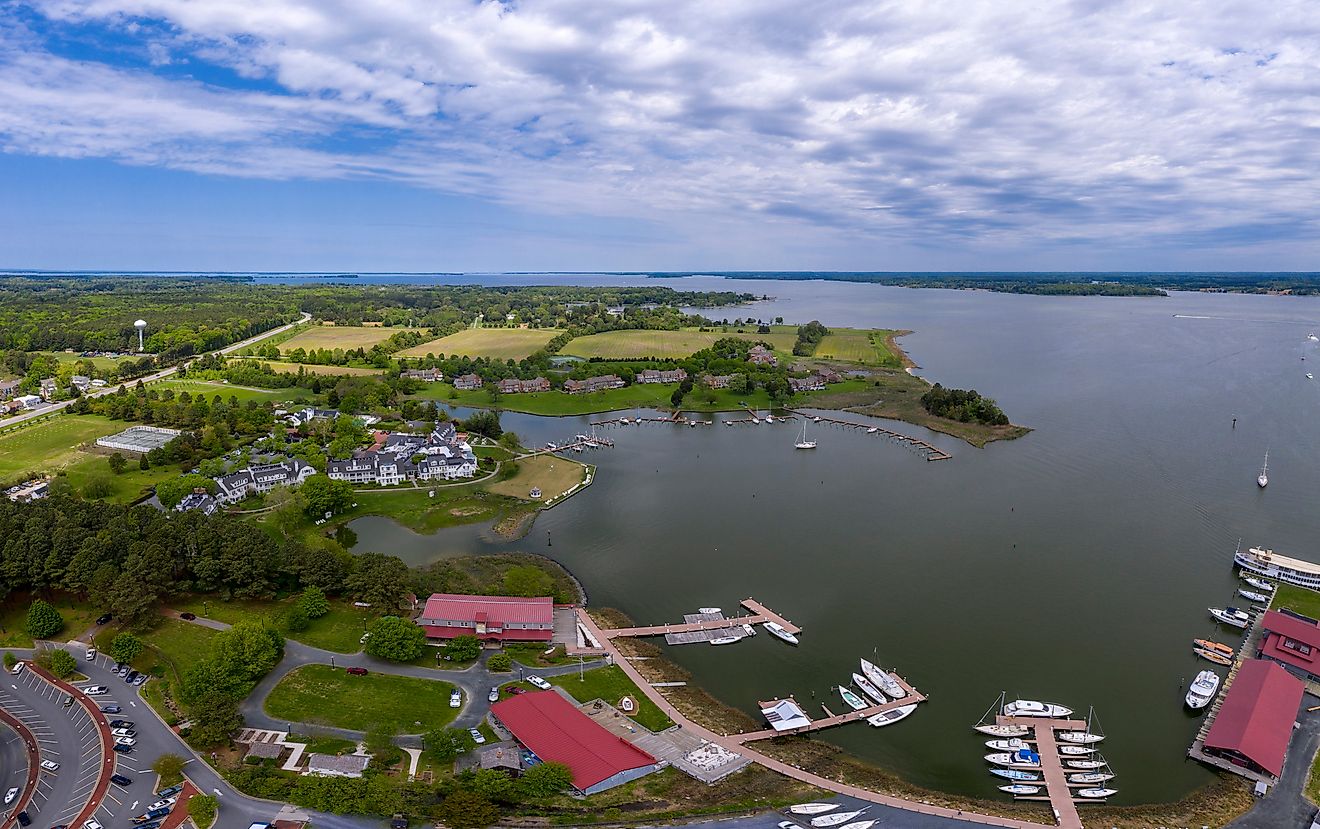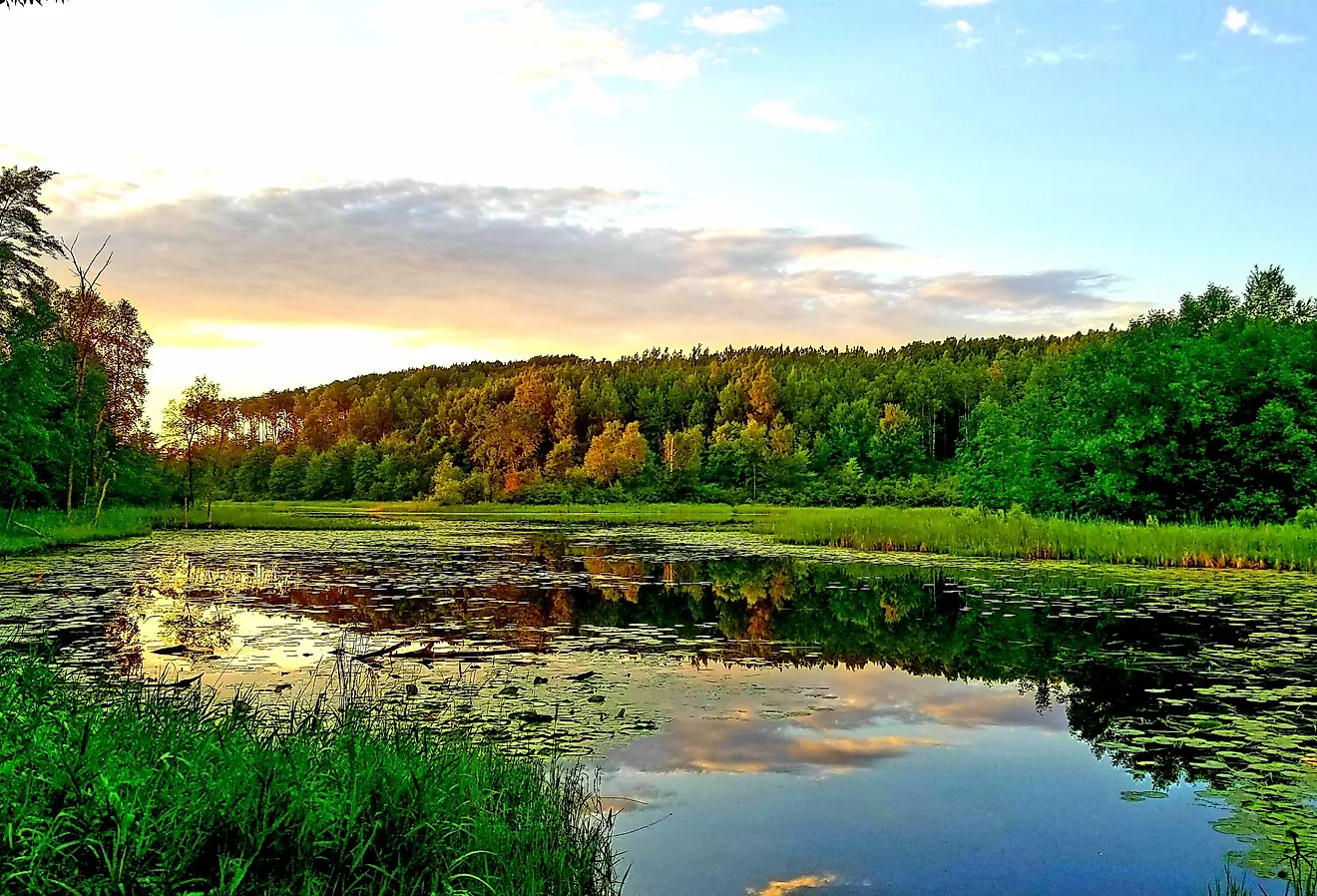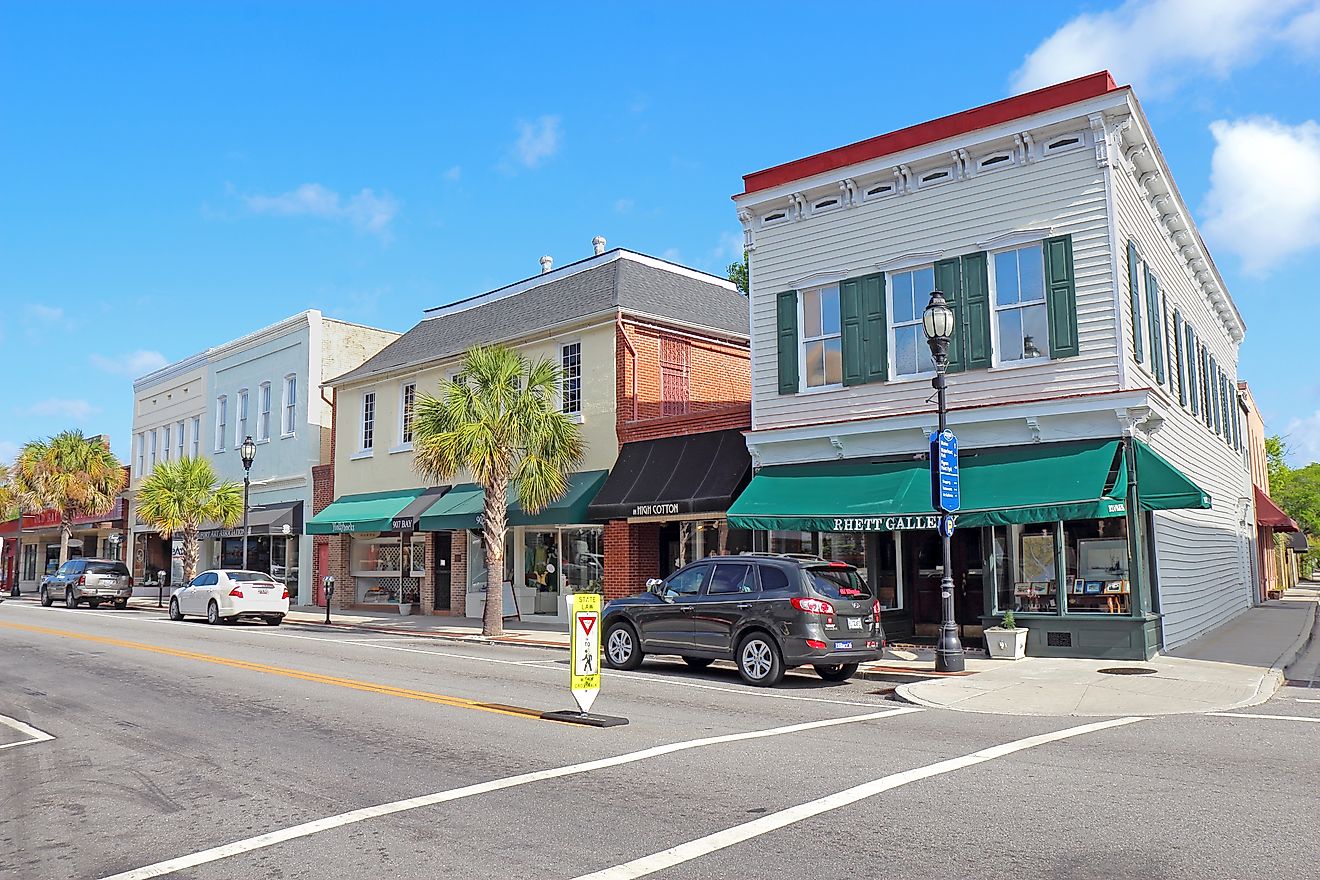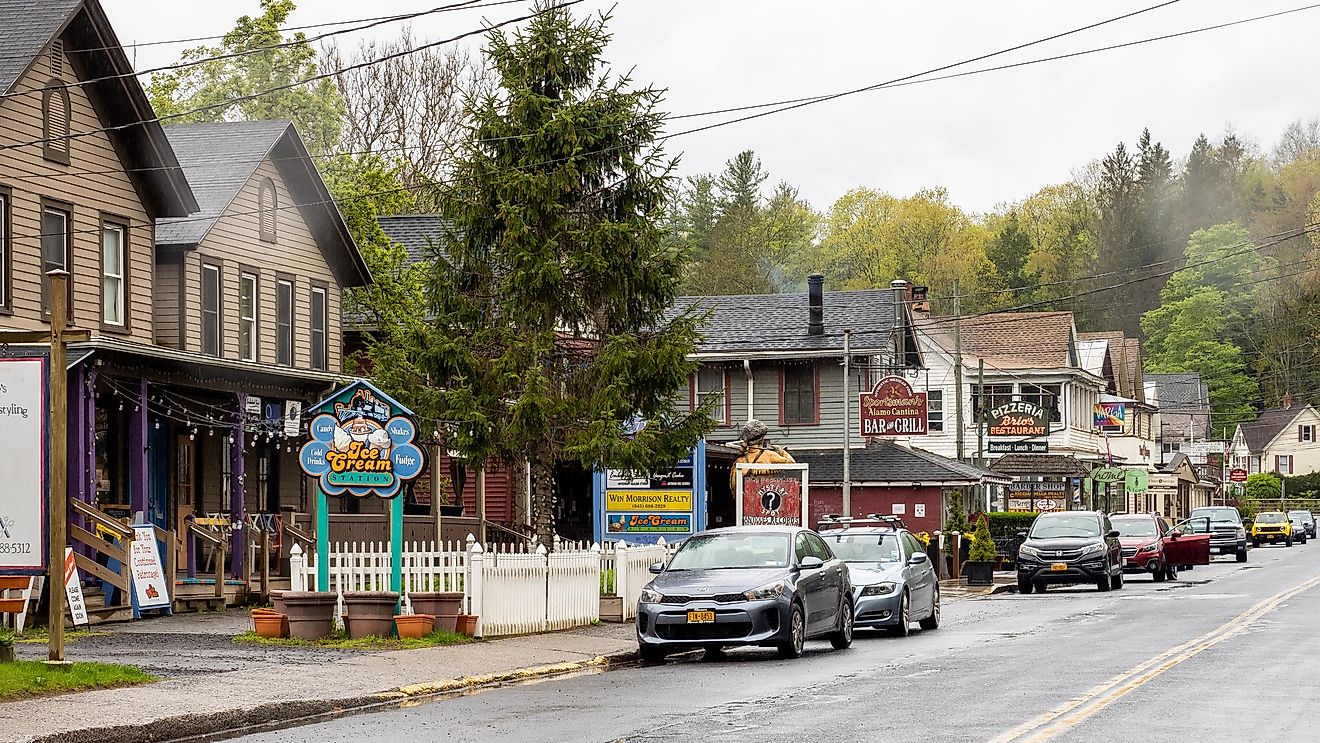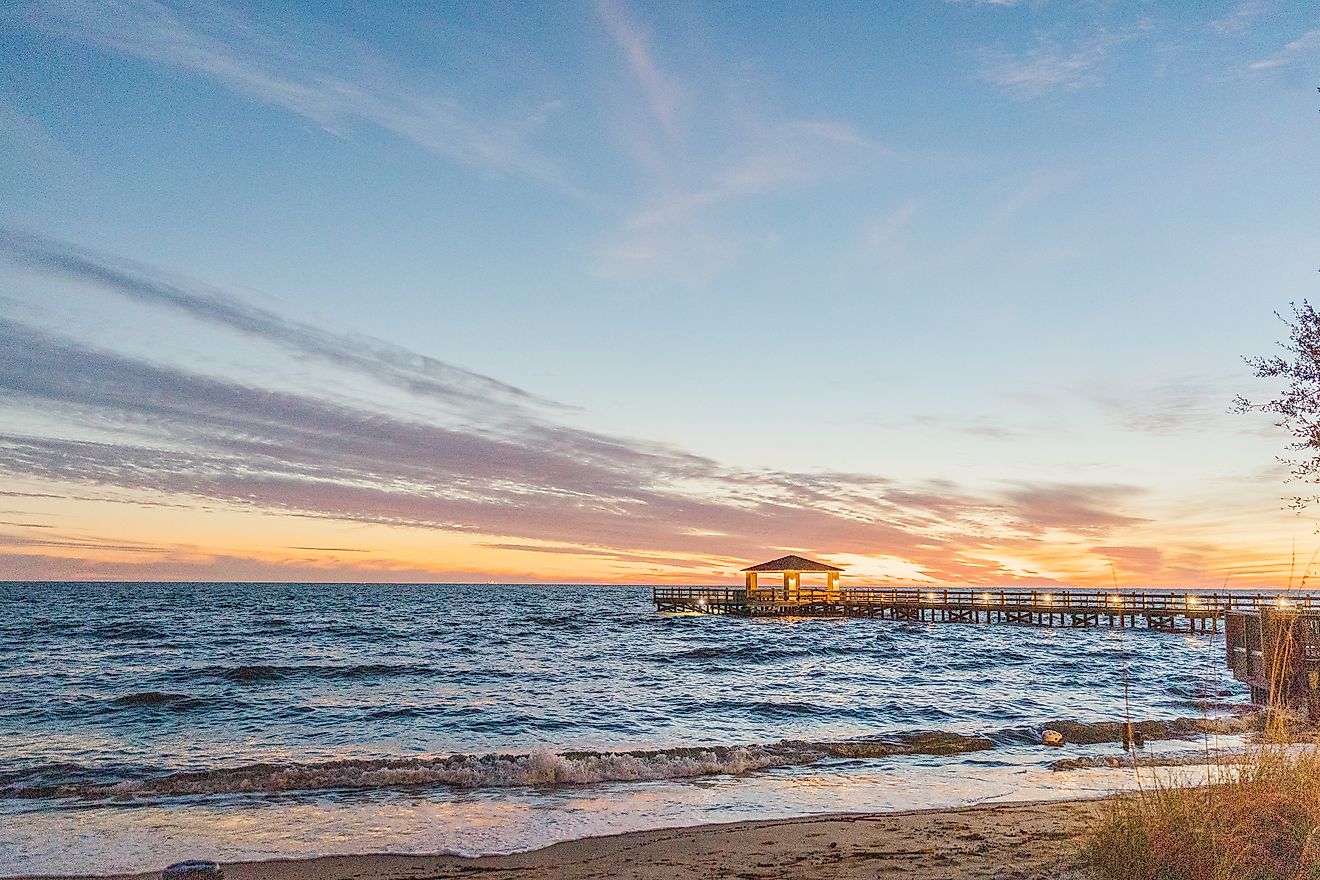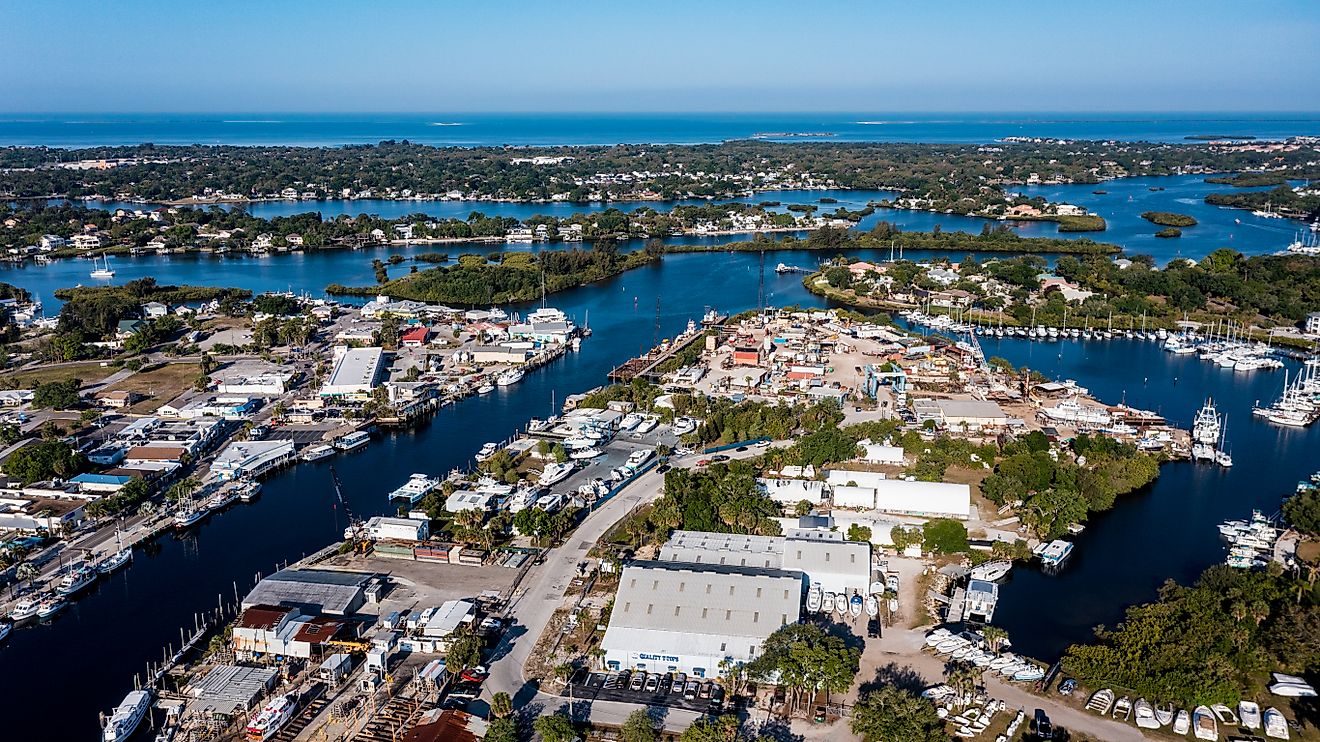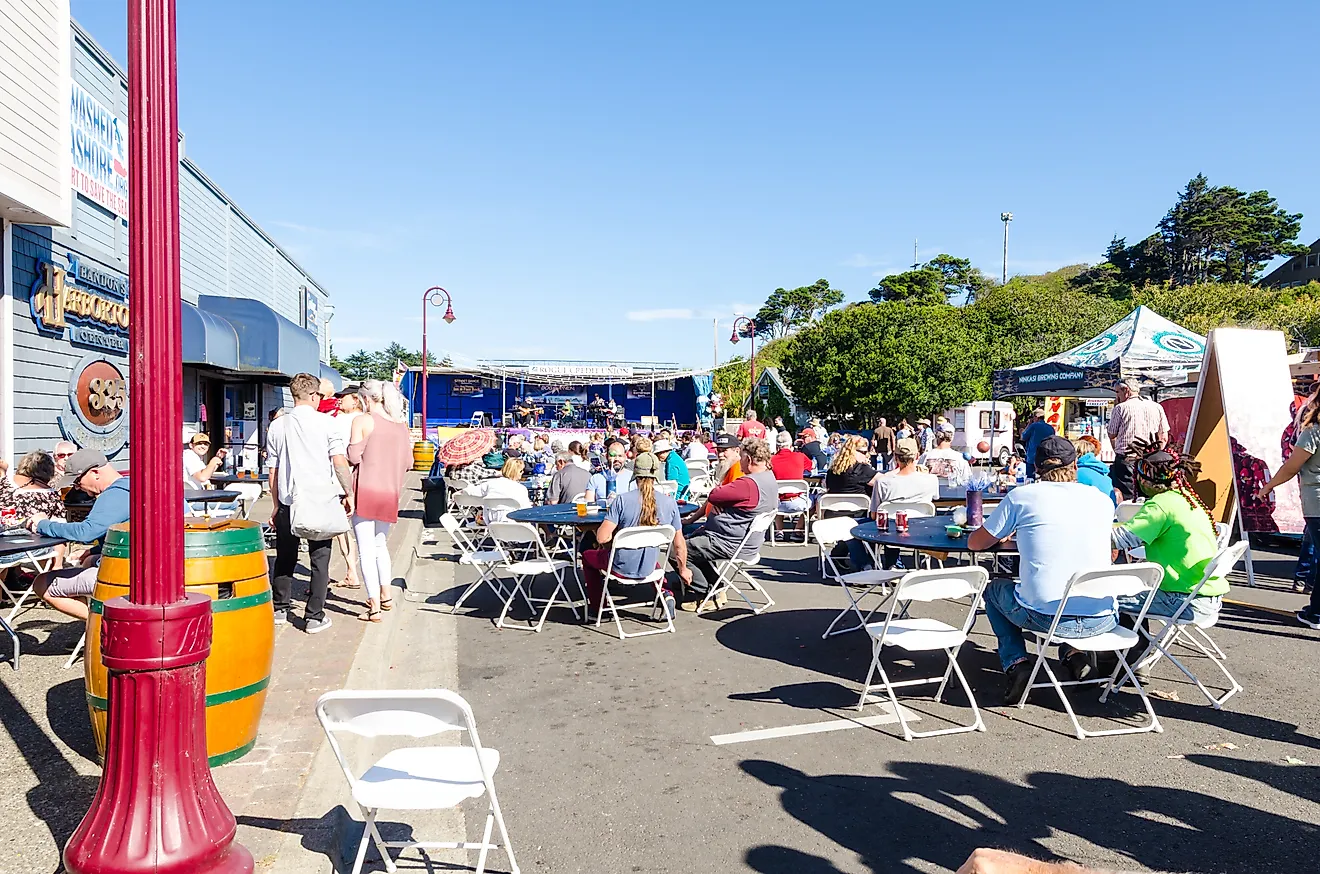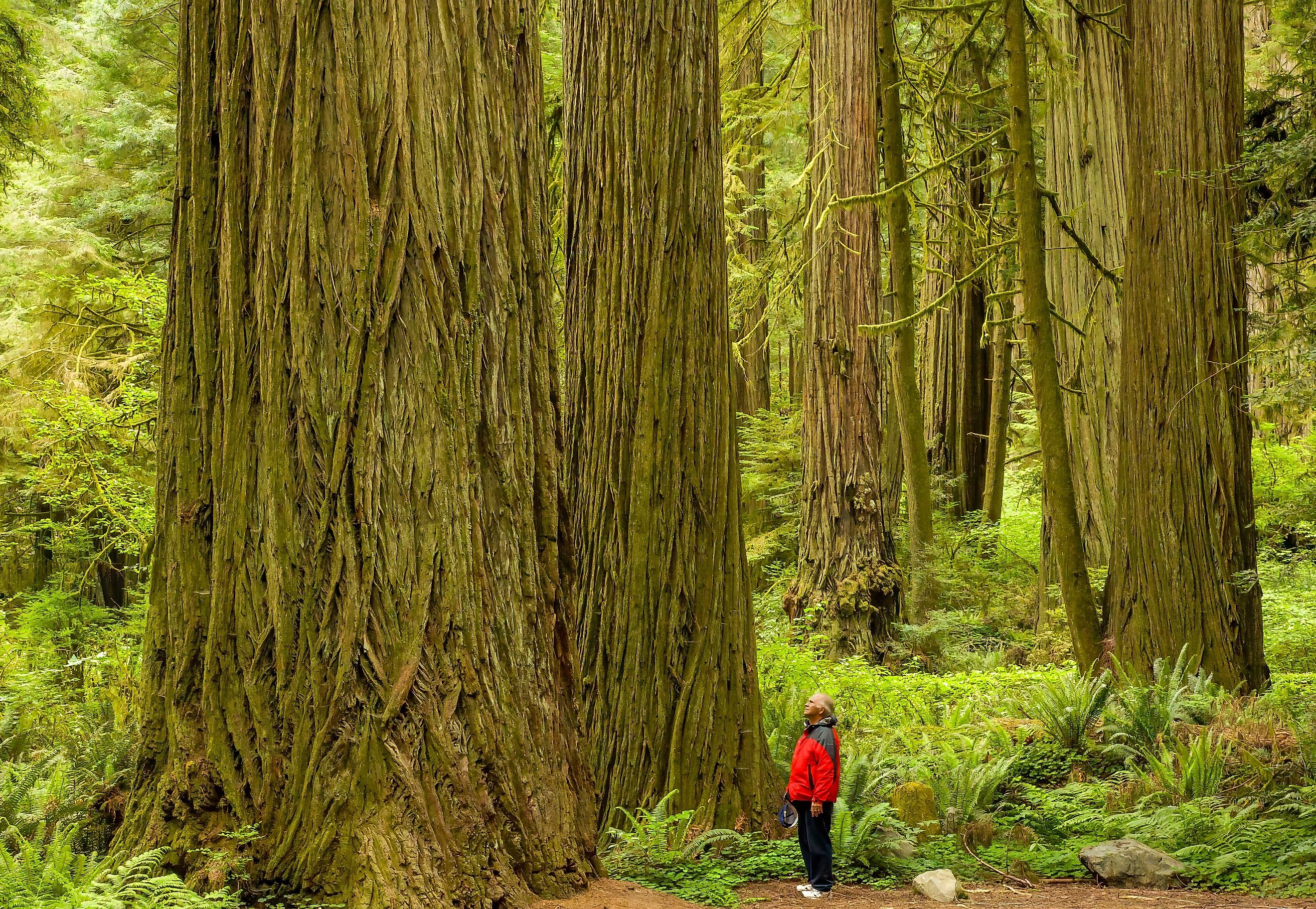
Redwood National Park’s Sky‑Touching Giants Shelter Elk Herds And Foggy Ferns
Near the Oregon border, on the northern coast of California, lies the majestic Redwood National Park. The park, along with Prairie Creek Redwoods State Park, Del Norte Coast Redwoods State Park, and Jedediah Smith Redwoods State Park, form the Redwood National and State Park System.
Redwood National Park and the other three parks are an International Biosphere Reserve and a stunning World Heritage Site. Those who visit the park for the once-in-a-lifetime experience of seeing the enormous old-growth redwoods are often overwhelmed by just how tall these trees are. On average, they grow five stories taller than the Statue of Liberty, with a maximum reach of more than 375 feet.

Geology and Geography of Redwood National Park
The Redwood National and State Parks were established to protect the coast redwoods (Sequoia sempervirens). Redwood National Park was established in 1968, and together, these four parks protect nearly half of the world’s old-growth redwoods. The combined area of Redwood National and State Parks stretches over 139,000 acres. Its geology consists mainly of the Jurassic-Cretaceous Franciscan Complex — a vast collection of rocks elevated from the ocean floor. This elevation happened due to strong plate tectonic processes.
The overall terrain is as dramatic as the trees, with a coastline, rivers, oak woodlands, and prairies spanning from sea level to an elevation of around 3,200 feet.
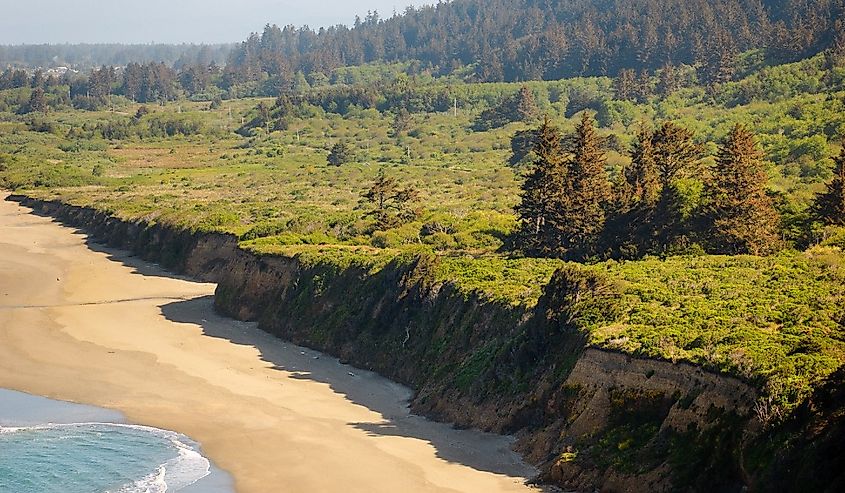
Inside the park, two different environments exist. One is a narrow coastal plain, which consists of a 37-mile coastline. Along this coastline, there are vast beaches, cliffs, slopes, marshes, and lagoons.
The mountainous region comprises three main ridges and four stream valleys. This area catches sections of the Klamath and Smith rivers as well as Mill Creek. It is also the catchment for most of Redwood Creek.
The standout feature in Redwood National Park has always been the collection of coast redwoods. These trees have existed for around 200 million years and once grew throughout the world. Now, you can only see them in their endemic state in the wet regions of the U.S West Coast.
A Brief History
The redwood forests have been home to indigenous people in the North Coast region for thousands of years. They respected the ecosystems within the forests as they created shelter for themselves. They used fallen redwood trees and logs washed up on the beaches to build houses and canoes, as they lacked the means to log the standing trees.
The redwoods covered approximately 2 million acres before large numbers of immigrants arrived in California during the Gold Rush in the 1850s. Three years later, nine sawmills had been built, according to the National Park Service, and the redwoods began to disappear slowly but surely.
It was only during the 1910s that people began to protest against the felling of the redwoods. The Save-the-Redwoods League was established, and it eventually succeeded in creating the redwood preserves.
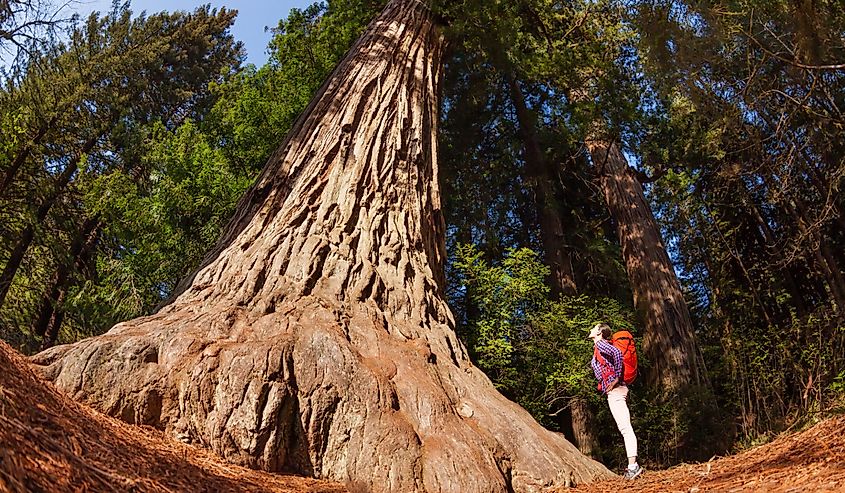
Still, this did not stop people from cutting down these magnificent trees. By the early 20th century, logging had increased, and transportation made moving the logs that much easier. Chainsaws and bulldozers in the 1930s meant the trees could be cut down in mere days.
Even worse, the post-World War II economic boom saw most of the redwoods cleared out, and by the 1960s, industrial logging had destroyed 90% of the original trees.
It was only after the establishment of Redwood National Park that the last remaining trees were secured and protected. The protected trees stand along the Trillium Falls Trail, in Tall Trees Grove, and Lady Bird Johnson Grove.
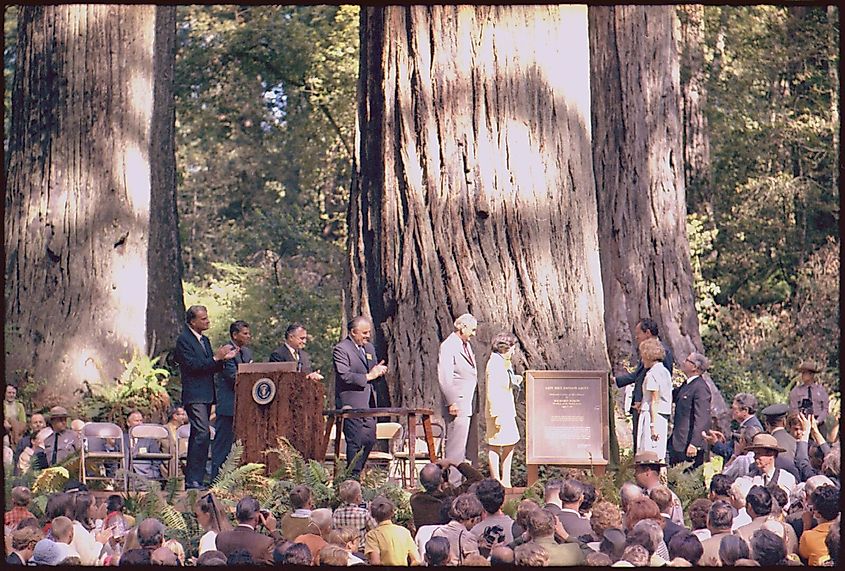
The boundary created by the park unfortunately did not protect all the trees, and logging around it continued until 1978, when the U.S. government bought land from logging companies to add to the national park.
Today, the descendants of these Native Americans continue to inhabit the forests throughout the redwood region. But only 5% of the original forests remain.
Landmarks to Look Out For
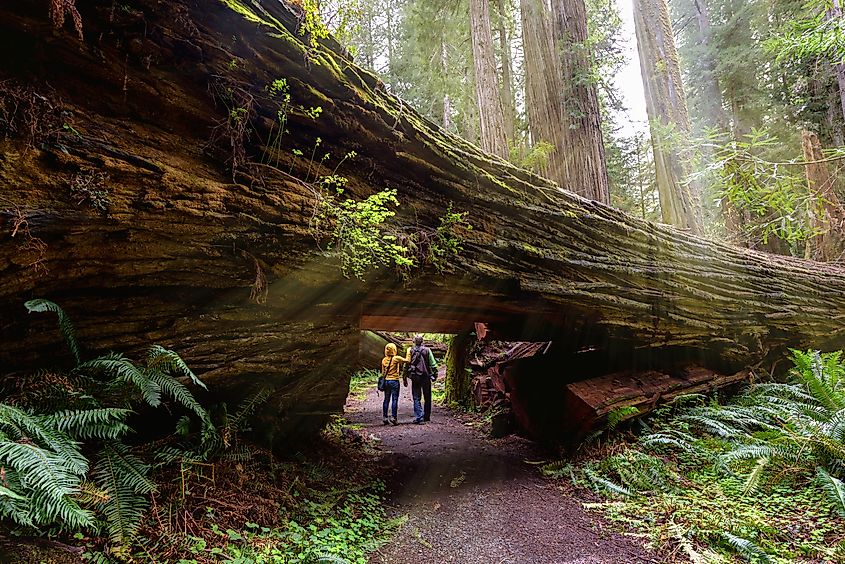
When you visit the Redwood National Park, you will be one of around 1 million people who tour the park every year. Those who have been there before often head off to their favorite spots within the park. If you’ve never been, there are several exceptional landmarks to look out for.
The first must-visit part of the park is the Trillium Falls Trail. The trail offers gorgeous views of one of the waterfalls and a different perspective of the trees around every bend.
You can also walk up the Bald Hills area, where you will see more of the redwoods and what remains of the extensive logging.
In the other parts of the preservation, you will find more exciting landmarks. These include the Grove of Titans within the Jedediah Smith Redwoods State Park. There is a boardwalk here, allowing visitors to come and go without disturbing the ecosystem or the delicate forest floor. The grove is filled with towering redwoods, including the giant named Chesty Puller. Chesty Puller was named after a Marine Corps officer and lies a ways away from the other massive trees. The tree consists of two redwoods that have become entangled, forming a massive, intertwined trunk.
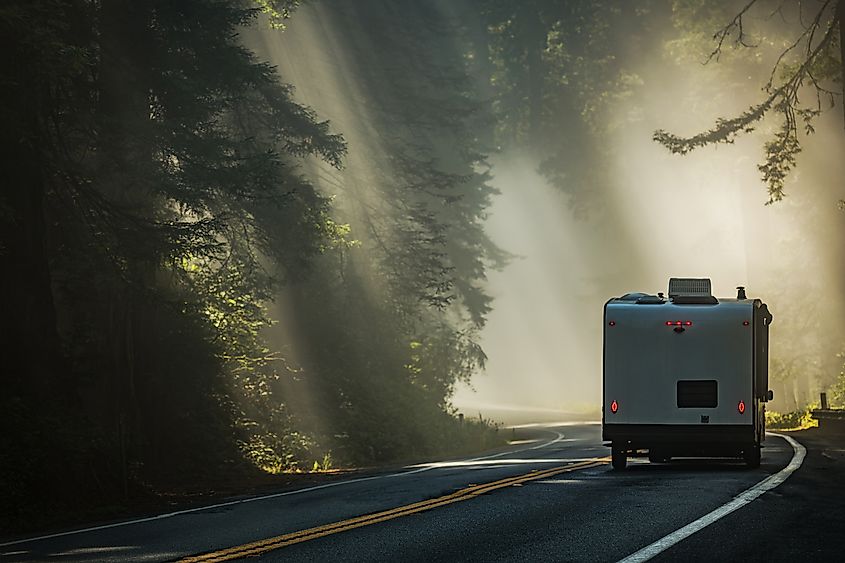
In Prairie Creek Redwoods State Park, you will find Elk Meadow, where herds of Roosevelt elk graze in green meadows. You can even book a cabin in the park and watch the elk from the windows.
Another must-see landmark is Fern Canyon, located on the Prairie Creek side of the park. Fern Canyon is two stories high and completely covered in ferns. When you take the Fern Canyon trail, your surroundings may seem familiar and with good reason: Scenes from Jurassic Park: The Lost World were filmed here.
Five different types of ferns grow along the canyon walls, including chain ferns, delicate lady ferns, and the dark green sword fern.
Incredible Natural Phenomena
In addition to the tallest trees on Earth, several incredible phenomena in the Redwood National Park occur now and then.
These include so-called fogbows, which are essentially rainbows without color. These white arcs appear in misty conditions near the ocean. This is why the park is the perfect place for them to form. If you want to capture one of these fogbows on camera, you are more likely to spot one early morning or late afternoon as the mist rolls in from the Pacific.
Throughout the Redwood National and State Park System, fogbows appear in Fern Canyon, Tall Trees Grove, Lady Bird Johnson Grove, Trillium Falls Trail, Gold Bluffs Beach, and Redwood Creek Overlook.
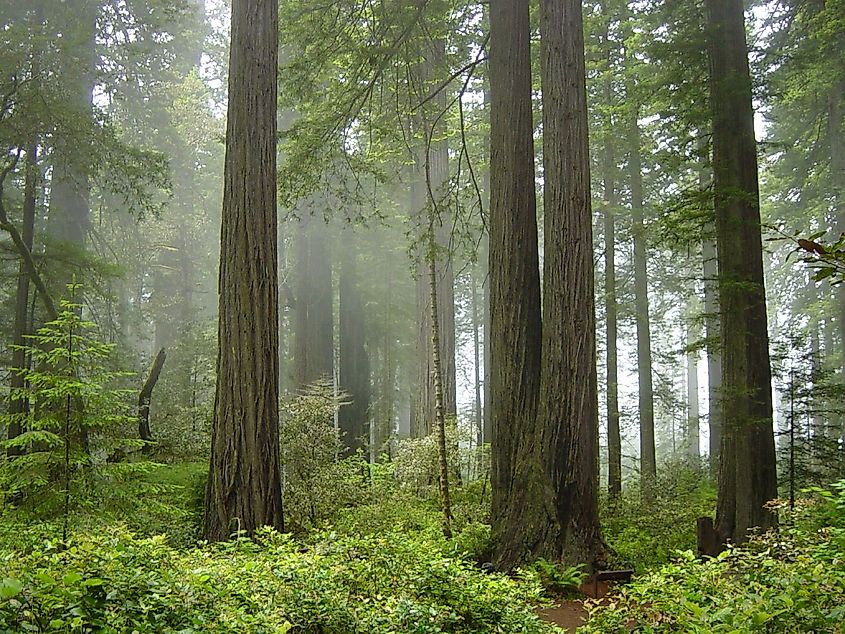
The fog itself is also a unique feature of the redwood forests. The fog and the trees have a symbiotic relationship that allows the redwoods to continue thriving.
During the summer, marine fog drifts ashore along the coast, drawn by the Pacific. When rain becomes scarce, the fog sustains the trees through a process called fog drip. The moisture in the fog condenses on the needles and thick bark, and then drips to the forest floor, where it replenishes the soil water.
The trees also absorb fog water through their leaves and bark directly into their vascular system. This halts or reverses the flow of sap, so the trees don’t lose too much water when it's dry.
The fog essentially creates a microclimate that stabilizes humidity, cools the temperature, and maintains hydration. This allows these giant trees to reach staggering heights and survive through droughts.
The Animals of Redwood National Park
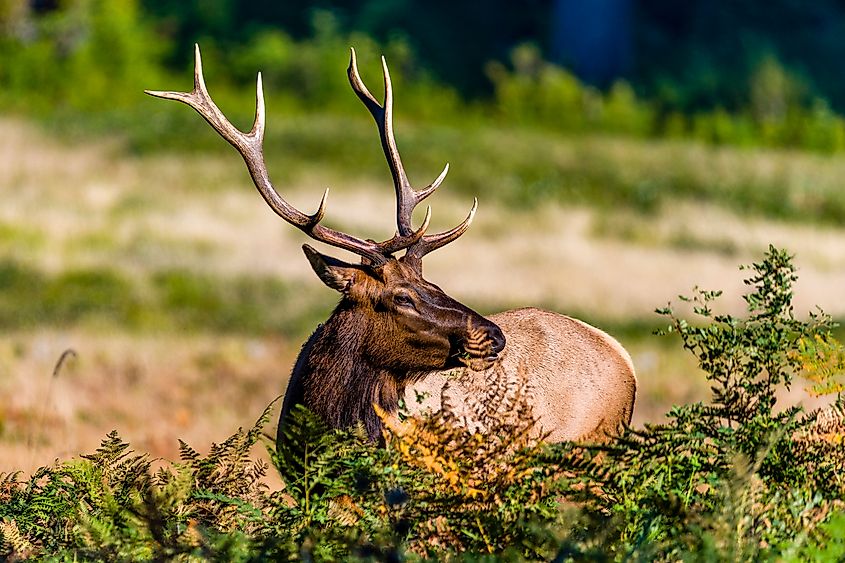
The elk are the main draw for many visitors, and you will find them across Elk Prairie, Elk Meadow, and behind Gold Bluffs Beach. It is crucial to avoid approaching elk, especially during the fall rutting season, as they can become highly aggressive.
There are several overlooks near the Klamath River where you can spot gray whales heading south for the winter during November and December. If you want to visit the park in warmer weather, you may also spot some of them returning north between March and April. Seals and sea lions also commonly appear on the rocky beach and sandbar.
There are 66 mammal species throughout the park system. These include the elk, black-tailed deer, mountain lions, and black bears. Bats are also plentiful here, but only appear during certain times of the year, such as breeding or migration seasons.
Larger carnivores (that are rarely spotted) include coyotes and bobcats, while smaller mesocarnivores include mink, skunks, and gray foxes.
Birdwatchers will marvel at the sight of the Steller’s jay, rufous hummingbird, and spotted owl. You may also be lucky enough to spot the elusive California condor.
Activities to Enjoy When Visiting
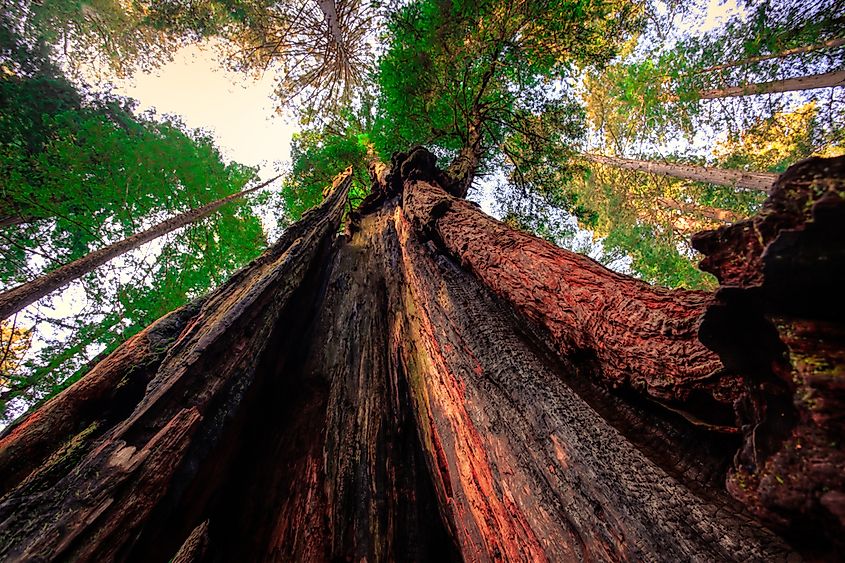
If you love hiking, you will have a one-of-a-kind experience on the Redwood National and State Park System’s trails.
Avid hikers agree that the California Coastal Trail is the best for a multi-day trip. This trail stretches over 70 miles and snakes down the shoreline between Crescent Beach and Skunk Cabbage.
For an easier day trip, the Redwood Creek Trail offers not only gorgeous views as you make your way through a steep valley, but you can also camp out in a designated area. Keep in mind that you will need a backcountry permit.
If, by the end of the trail, you still want to carry on hiking, you can continue on the Tall Trees Grove Loop Trail, where you will pass Nugget, a 373-foot-tall redwood.
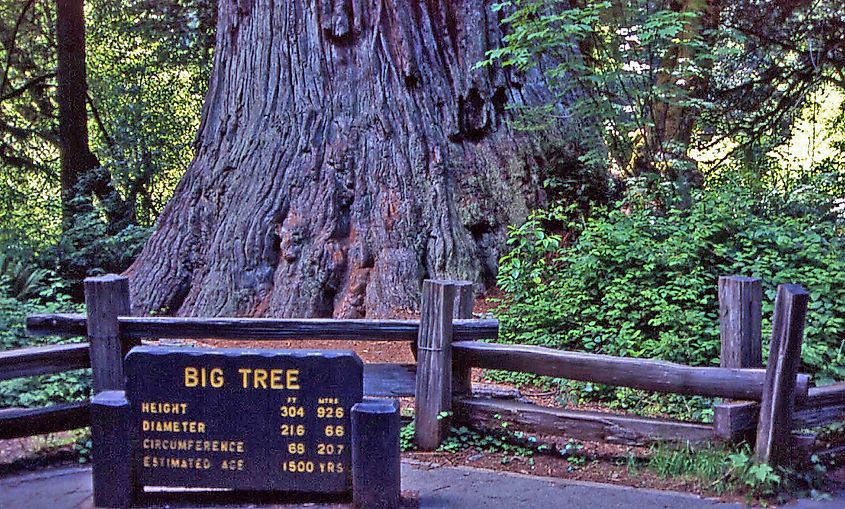
If you prefer a guided tour, there is one that takes visitors through the Stout Memorial Grove in the Jedediah Smith section. Many people call this the most beautiful redwood grove in the world, so you will enjoy exceptional views as you make your way down the 0.5-mile trail to the Smith River. You can have a picnic on the beach here or go kayaking.
The Revelation Trail on the Prairie Creek side goes on a 0.25-mile flat loop, making it accessible to everyone. There are interpretive signs along the way to help visitors fully appreciate the experience. While in the Prairie Creek section, don’t forget to stop at the Big Tree Wayside to take a couple of selfies.
Other fun activities include watching the dance demonstrations or the renewal ceremony, performed by the Tolowa Tribe every July as they commemorate the beginning of time. Or you can take a canoe tour on the Klamath River. You can even explore the forest on horseback, which is a great family outing.
Redwood National Park and its fellow parks are places to visit with your senses on high alert. As you make your way through the ancient redwoods, you will discover just how astoundingly beautiful these trees are. As you take the winding trails, pause to look up at these sky-touching giants, or pause in a foggy, fern-covered meadow. And then take it all in.
